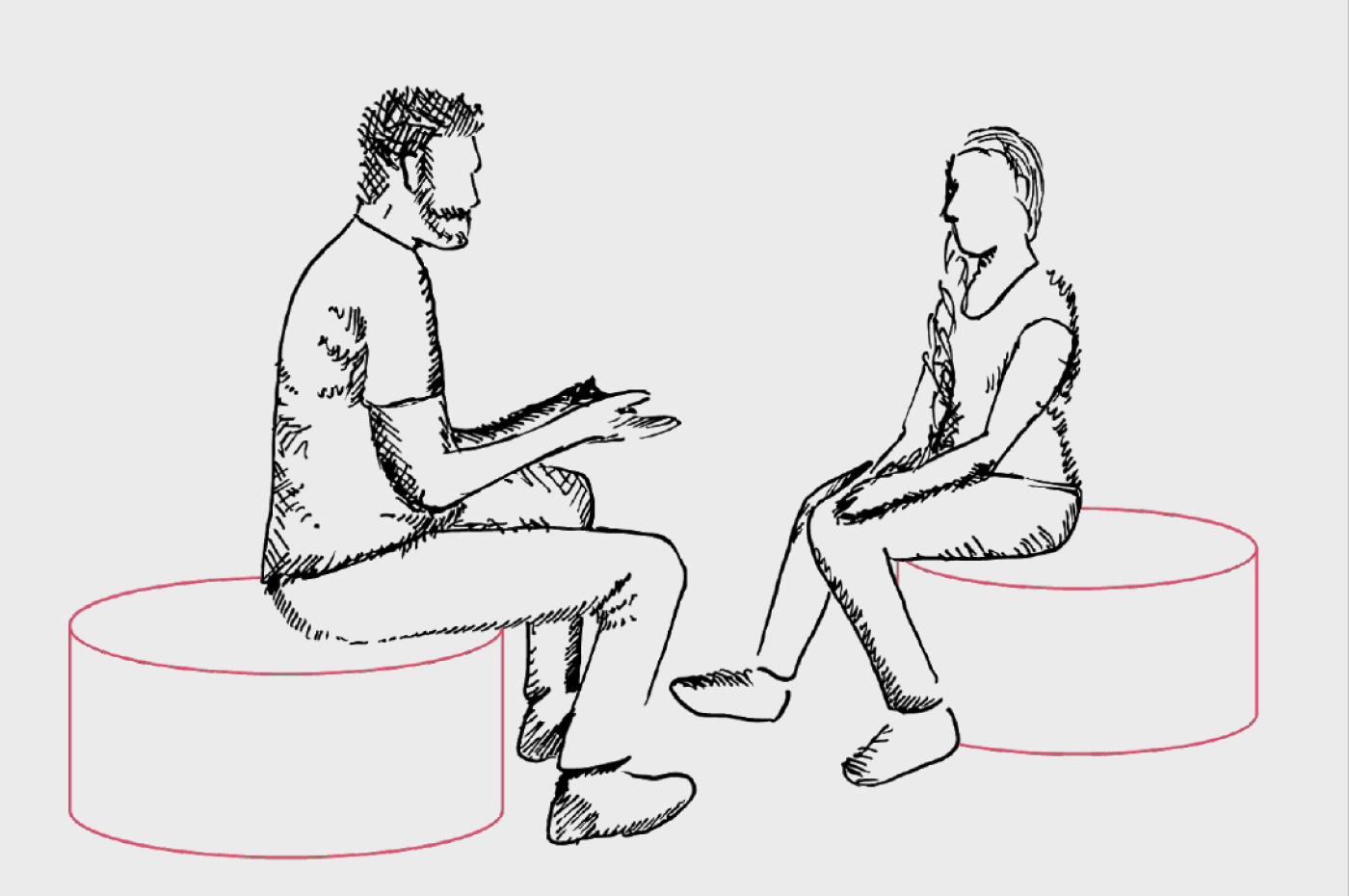Recommended ReadsJuly 6th, 2021
The inclusive gallery
Starting as infants, we navigate environments and objects by sniffing, throwing, hearing and balancing to understand the world around us. Throughout our life, in a process of cognitive alignment with the people around us, we unlearn these instinctual sensory techniques.
Sina Bahram is a specialist in universal design: an environment or product that is “designed to meet the needs of all people who wish to use it, regardless of age, size, ability or disability.” Importantly, it does not include special accommodations, for the benefit of only a minority of the population: it is designed for everyone in the first place.
Bahram is interested in how the seven principles of Universal Design can be applied to gallery environments, to make a richer sensory experience for everybody. It’s worth reading about all seven principles, but I think the following two represent the biggest changes needed in gallery and museum design:
- Principle 1: Flexibility in use
Allow visitors to interact with a single piece in a variety of different ways.
- Principle 4: Tolerance for error
Ensure visitors don’t hit digital or physical dead-ends regardless of the actions they take.
Bahram offers the words of American poet Maya Angelou: “I’ve learned that people will forget what you said, people will forget what you did, but people will never forget how you made them feel.”




